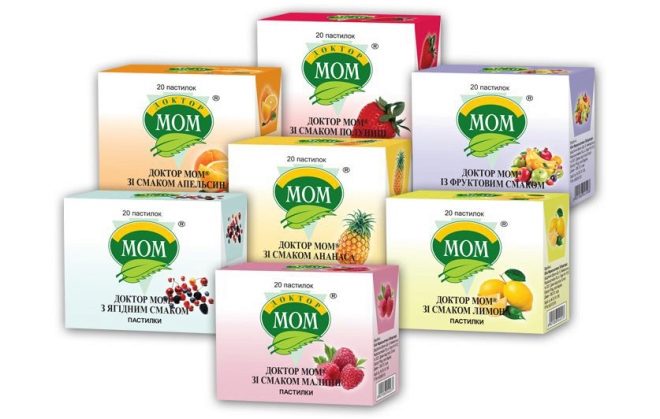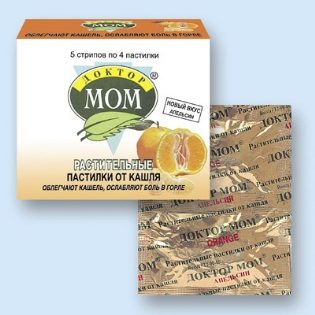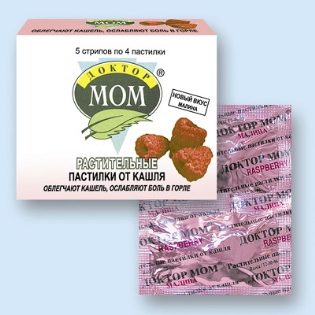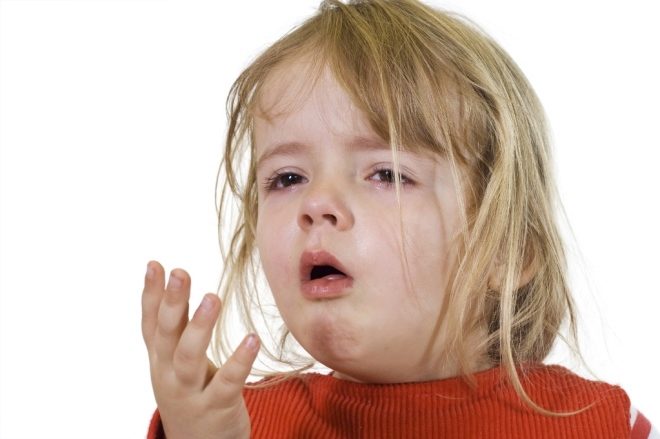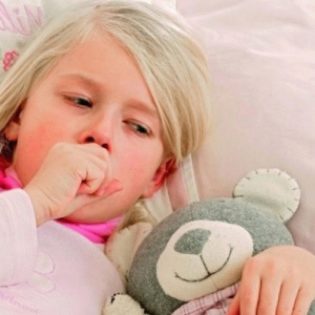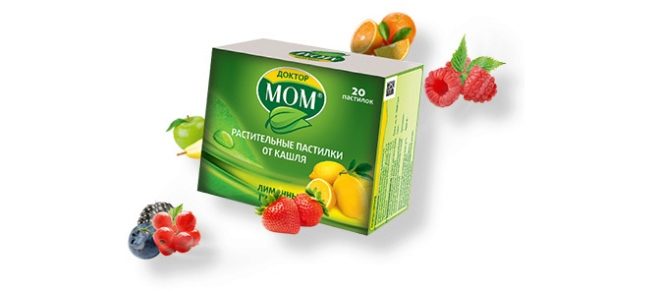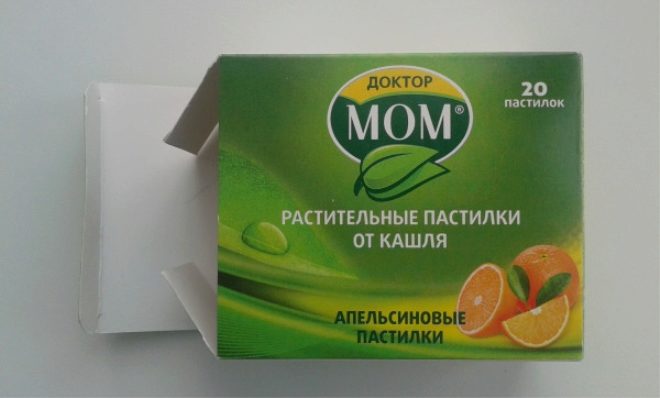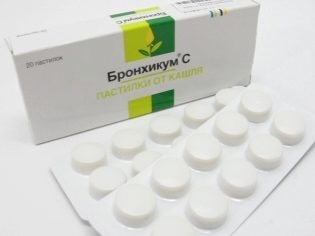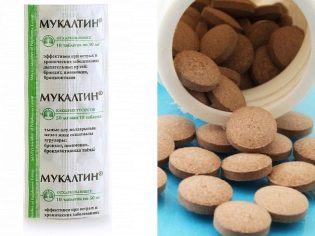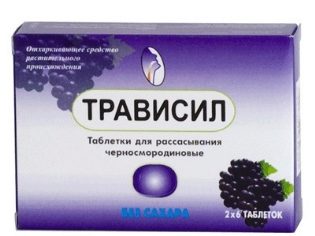Is it possible to give lozenges "Doctor Mom" to children?
In the treatment of dry cough, lozenges and lozenges containing medicinal plants are in great demand. One of these drugs are Dr. Mo's lozenges. Is it possible to give them to children and how does this remedy affect the human body?
Release form
Dr. Mom Available in different forms.
Vegetable lozenges are convex round candies on both sides. The edges of such candies may be uneven, and the presence of air bubbles within the lozenges is permissible.
Lozenges are fruit, pineapple, berry and lemon. In addition, raspberry, strawberry and orange candy are produced. Depending on taste, their color is orange, yellow, cherry red, green and others.
The medicine is packaged either in aluminum strips of 4 pieces, or in blisters of 8 pieces. One pack can include 16, 20 or 24 lozenges.
Composition
Each pastille includes dry extracts, for which they use:
- Fruits Emblems Drug.
- Roots of Licorice naked.
- Rhizomes of Ginger officinalis.
Supplement to them is levomenthol, which is contained in each candy in a dose of 7 mg. In addition, the drug includes propyl and methyl parahydroxybenzoate, glycerol, liquid dextrose and sucrose. For flavor and color, each type of lozenges contains various flavors and colors, for example, fruit lozenges contain grape and fruit flavors, while orange lozenges contain yellow, mint essence, and orange flavors.
Operating principle
The therapeutic effect of taking the drug due to its active ingredients:
- Thanks to the extract of licorice, the medicine reduces the manifestations of inflammation, has antispasmodic and expectorant effects.
- Ginger in pastilles helps relieve pain in the throat and has anti-inflammatory effects.
- The embliki also have an anti-inflammatory effect, as well as the ability to lower body temperature.
- The presence of menthol in candies gives them antiseptic and antispasmodic properties.
Indications
The main reason to use Dr. Lots pastilles is to combat such a symptom as a dry cough. It can occur with ARVI, bronchitis, laryngitis and other airway lesions.
And in this cycle Dr. Komarovsky will tell us what he thinks about the etilogy of children's cough, and what principles of treatment to adhere to.
At what age is it allowed to take?
The instructions for the drug have information that lozenges should not be given to children under the age of 18 years. This is due to the lack of clinical studies of the effect of this form of the drug on the children's body.
In addition, the prohibition of the use of candy in children is due to their rather large size. In addition, the child may not dissolve the lozenge, but swallow it, as a result of which there will be no therapeutic effect from the drug. If such nuances are taken into account, it is not prohibited to give the drug to teenagers.
Contraindications
The drug should not be given to a patient who has an increased sensitivity to any of its ingredients.
Since all lozenges include simple carbohydrates, they are contraindicated in glucose-galactose malabsorption, as well as in the absence of such enzymes as isomaltase and sucrase. In diabetes, the remedy is used with caution.
Side effects
Since the medicine contains a herbal formula of several ingredients, an allergic reaction to any of the components is possible. It can manifest a burning sensation in the mouth, a rash on the skin, increased inflammation in the throat and other negative symptoms in which the drug should be stopped immediately.
Instructions for use
- Single dose for an adult, according to the annotation to the drug, is one pastille. It should be absorbed in the mouth every 2 hours.
- It is not recommended to swallow such medicine in its entirety or to crush a lollipop.
- Per day it is permissible to use up to ten lozenges.
- The duration of treatment with this form of the drug is up to 2-3 weeks.
Overdose
The manufacturer does not provide information about the negative effect of the drug due to its administration in high dosage. If the pastil was accidentally swallowed by a child, you should immediately show the baby to the doctor.
Interaction with other drugs
Dr. Mom should not be treated with a lozenge while the patient is taking medication to reduce sputum production or to block the cough reflex. In this case, the congestion of liquefied mucus in the airways is possible, as a result of which the patient’s general condition worsens.
One of the causes of children's cough is bronchitis. Dr. Komarovsky will tell us about the treatment of children's bronchitis.
Terms of sale and storage
- To purchase medication in pharmacies, you do not need a prescription from a doctor. The average price of one pack is 120-130 rubles.
- Blisters or strips with pastilles should be kept in such a dry place where small children cannot get the medicine. It is desirable that the storage temperature does not exceed +30 degrees Celsius.
- The shelf life of this type of drug Dr. Mom is very long and is 5 years. If it has expired, the lozenges are recommended to be thrown away.
Reviews
About the use of lozenges Dr. Mohm there are mostly good reviews. Adults of this type of medication are called the convenience of use, because the drug can be carried with you and taken at any time. In addition, parents praise such Dr. Moom for a variety of flavors, vegetable base and rare side effects.
However, most mothers are afraid of giving lozenges to children, especially since there are drugs with the same effect that are allowed to treat the child. Without fear, such a drug parents offer only adolescents aged 14 years and older.
Analogs
Instead of vegetable lozenges Dr. Mom in childhood, you can use drugs with similar therapeutic effects, for example:
- Pastilles Bronhikum C, based on thyme extract. They can be given to children over 6 years old.
- Capsules Gelomirtolwhose vegetable base is obtained from eucalyptus, lemon, orange and myrtle. This medicine is prescribed by pediatricians from the age of six.
- Pills Mukaltincontaining Althea extract. This inexpensive drug is allowed to give children older than a year, but the doctor selects the dosage individually.
- Tablets for resorption Travisil. Such candies with lemon, honey, orange or mint taste have a healing effect due to extracts of licorice, turmeric, terminal, emblica, adatods and other plants. Children such a drug can be given from the age of six.
In addition to pills and lozenges, the doctor can replace Dr. Mom in lozenges with expectorant syrups based on such plants as thyme, licorice, primrose, ivy, Altea, and others. syrup). In addition, in the treatment of children often use drugs containing Bromhexine, acetylcysteine or Ambroxol. However, it is advisable to choose any of these medicines for the baby along with the pediatrician.

